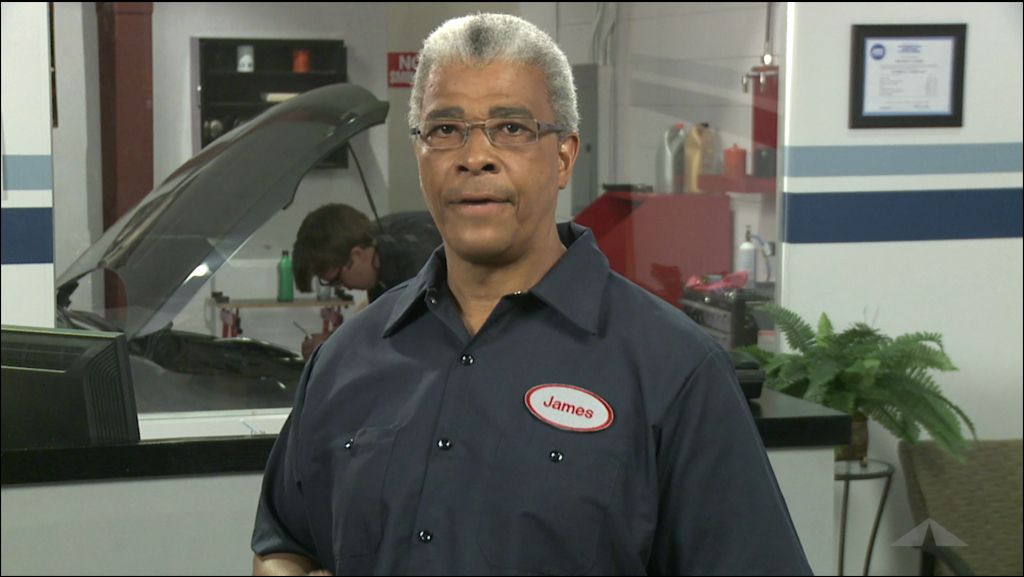When you are pointing your vehicle straight down the street, it should go straight. That’s pretty straightforward, right? Sometimes, though, you may notice you have to keep adjusting the steering wheel to keep going straight. While that could be caused by many different issues, one possibility is that you have a failing or bent control arm.
Another sign is that when you brake, your vehicle pulls to one side or the other. Sometimes your suspension may sound noisy, especially when you’re traveling on rough surfaces. A damaged control arm may also make it almost impossible for you to get a good wheel alignment.
The control arms are part of your suspension, and some vehicles have upper control arms and lower control arms. Not all have the same number of control arms, but one thing is important: If you have worn bushings on your control arms or a worn-out ball joint, the control arm on the other side should also be replaced. The rubber bushings are susceptible to damage from age and exposure to the elements, and ball joints usually shouldn’t be replaced separately.
Any time you have a suspension issue, it’s important that a technician inspects the other parts of your suspension as well. If one part of it is showing its age, it’s not unusual for other components to show similar wear.
One other thing. If you’ve had one of your control arms bent or damaged in an accident, you must have it replaced. Your suspension is an important part of your vehicle’s safety and handling, so you should keep it in good operating condition. After all, your life is riding on it, literally.
Tylers Auto TV
12485 SW MAIN ST
TIGARD, OR 97223
(503) 639-5588
http://www.tylersautomotive.com

